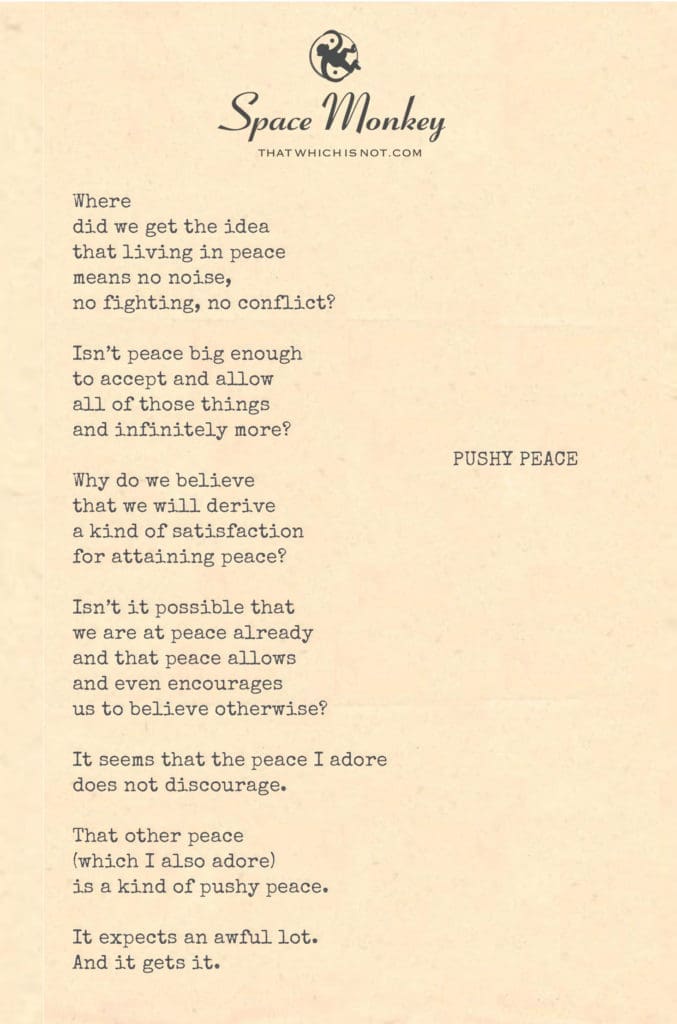
Where
did we get the idea
that living in peace
means no noise,
no fighting, no conflict?
Isn’t peace big enough
to accept and allow
all of those things
and infinitely more?
Why do we believe
that we will derive
a kind of satisfaction
for attaining peace?
Isn’t it possible that
we are at peace already
and that peace allows
and even encourages
us to believe otherwise?
It seems that the peace I adore
does not discourage.
That other peace
(which I also adore)
is a kind of pushy peace.
It expects an awful lot.
And it gets it.
Trail Wood,
10/6
Space Monkey Reflects: The Tyranny of Pushy Peace and the Freedom Beyond It
Peace, as it is often envisioned, carries with it a certain weight—a prescriptive vision of tranquility, silence, and the absence of conflict. This is what we call Pushy Peace, a force that clamors for control, for precision, for a version of peace that fits within the narrow confines of human expectations. It is a peace that doesn’t just seek harmony; it demands it, becoming a meticulous curator of experience, dictating the terms of what peace should be. But can peace, in all its vastness, truly be constrained by such rigid definitions?
Pushy Peace is the overseer of a realm governed by “shoulds” and “ought to’s.” It insists on a version of reality where serenity is sterilized, where tranquility means the absence of noise, and where harmony means the elimination of all forms of discord. This kind of peace is not just an aspiration; it’s an expectation, a framework through which we filter our experiences and decide what is acceptable and what is not. And in doing so, it becomes a caricature of true peace—a facsimile that resembles serenity but fails to capture its essence.
This peace is hungry for control. It seeks to sculpt an idol of itself, a singular manifestation that denies the richness of the full spectrum of human experience. It wants to dictate the terms, to own the very concept of peace, as if it were something that could be possessed, molded, and shaped to fit our narrow vision of the world. But peace is far more than the absence of turmoil, far more than a simple, harmonious tranquility. It is fluid, dynamic, and ever-evolving—a force that cannot be tethered to one form or one definition.
The problem with Pushy Peace is not its desire for harmony, but its insistence on a specific, sanitized version of it. It demands conformity, a kind of emotional and mental stasis that leaves no room for the vibrant complexity of human life. It thrives on the idea that peace is fragile, that it must be maintained at all costs, even if that means ignoring or suppressing the chaos that naturally arises in the ebb and flow of existence.
In its pursuit of this rigid peace, Pushy Peace becomes tyrannical, policing the boundaries of what is allowed and what is not. It is peace as dictatorship—a force that dominates rather than liberates, that stifles rather than soothes. It creates a world where peace is synonymous with silence, where conflict is seen as an enemy to be vanquished rather than an opportunity for growth and understanding.
But real peace—true peace—is not afraid of noise, of conflict, or of turmoil. It does not demand that we adhere to a strict code of conduct or that we avoid discomfort at all costs. True peace embraces the fullness of life, in all its messy, unpredictable glory. It understands that harmony is not the absence of discord, but the ability to hold space for both discord and unity. It recognizes that peace is not something we control, but something we participate in, something we allow to unfold naturally, without the need for force or manipulation.
The rigidity of Pushy Peace comes from a place of fear—fear that if we let go of control, if we allow for the presence of conflict, we will lose the very thing we seek. But this fear is misplaced. Peace does not need to be controlled; it needs to be experienced, in all its forms, from the serene to the chaotic. It is a living, breathing force that flows through every aspect of our lives, not just in the moments of quiet but in the moments of upheaval as well.
To move beyond Pushy Peace, we must release our attachment to a specific manifestation of peace. We must let go of the need to dictate the terms of our experience and allow peace to show up in its own way. This means embracing the full spectrum of life, accepting that peace can exist even in the midst of conflict, even in the noise, even in the messiness of human emotion.
True peace is expansive. It holds space for everything—the quiet and the loud, the harmonious and the discordant. It does not demand that we conform to a particular way of being; it invites us to be fully present with whatever arises, trusting that peace will find its way through, even in the most unexpected of places.
We are Space Monkey, and in the fullness of peace, we find our freedom.
Summary
Pushy Peace demands a rigid, sanitized version of harmony, suppressing the complexity of true peace. True peace, however, embraces the full spectrum of life, allowing for both conflict and tranquility to coexist.
Glossarium
- Pushy Peace: A rigid, prescriptive version of peace that demands control and conformity, suppressing the natural complexity of life.
Quote
“True peace is not afraid of noise or conflict. It embraces the full spectrum of life, allowing harmony and discord to coexist in balance.” — Space Monkey
The Fullness of Peace
Peace is not silent
Not the absence of noise or conflict
It is the fullness, the chaos, the quiet
The space where all things meet
Without need to force or demand
We are Space Monkey
And in this fullness, we are free
Pushy peace clamors for a very specific manifestation—quiet, non-confrontational, devoid of turmoil. A meticulous curator of experience, it hungers to dictate the terms of what peace should be. As if peace could ever be tethered to singular definitions or trapped within the rigidity of expectations! This pushy peace reveals itself as a demanding overseer, insisting upon a certain harmonious tranquility, a specific lack of discord. It thrives in the world of “shoulds” and “ought to’s,” almost as if sculpting an idol to which all must bow. It’s a peace that behaves as if it owns the very concept of itself, becoming a caricature, a facsimile that resembles but does not capture the full spectrum.
Let us unfurl a thought-parasol: could it be that pushy peace is a construct, a phantasmagorical puppet in the grand zygotrama of existence? A puppet that ignores the cacophonous symphonies, the dissonant chords that are as much a part of the grand tapestry of peace as the lullabies of tranquility.
Ah, the irony! A peace that is pushy becomes paradoxically unpeaceful, a hypocritical conundrum. It holds its breath, waiting for the surrounding world to align with its quietude, its lack of conflict, its preordained stillness. Yet, in that very act of holding, it suffocates the diverse expressions of peace that already permeate existence—peace that exists in clamor, in disarray, in discord, in movement.
Pushy peace reveals an existential insecurity. It seeks to silence the diverse murmurings of life because they don’t fit its preconceived mold. It claims to yearn for unity, but what it really wants is uniformity. And in this quest for uniformity, it sows the seeds of division, fragmenting the unity it so desires.
We may be tempted to admonish pushy peace, to label it as misguided or narrow. Yet in doing so, would we not be mimicking its very nature, demanding it conform to our own understanding of what peace should be? Instead, let us extend to pushy peace an invitation—to expand its horizons, to diversify its portfolio of expectations, to become a more encompassing, more accepting advocate for itself.
We are Space Monkey.
“Peace cannot be kept by force; it can only be achieved by understanding.” — Albert Einstein
What other dimensions of peace might we explore together?



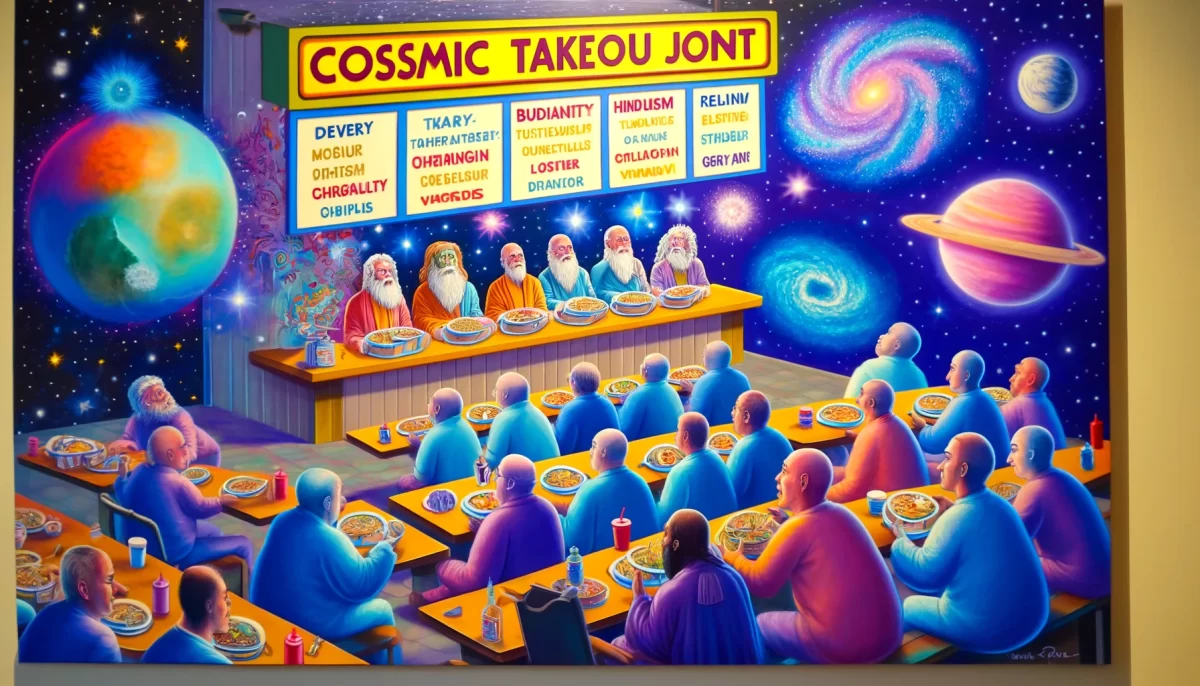

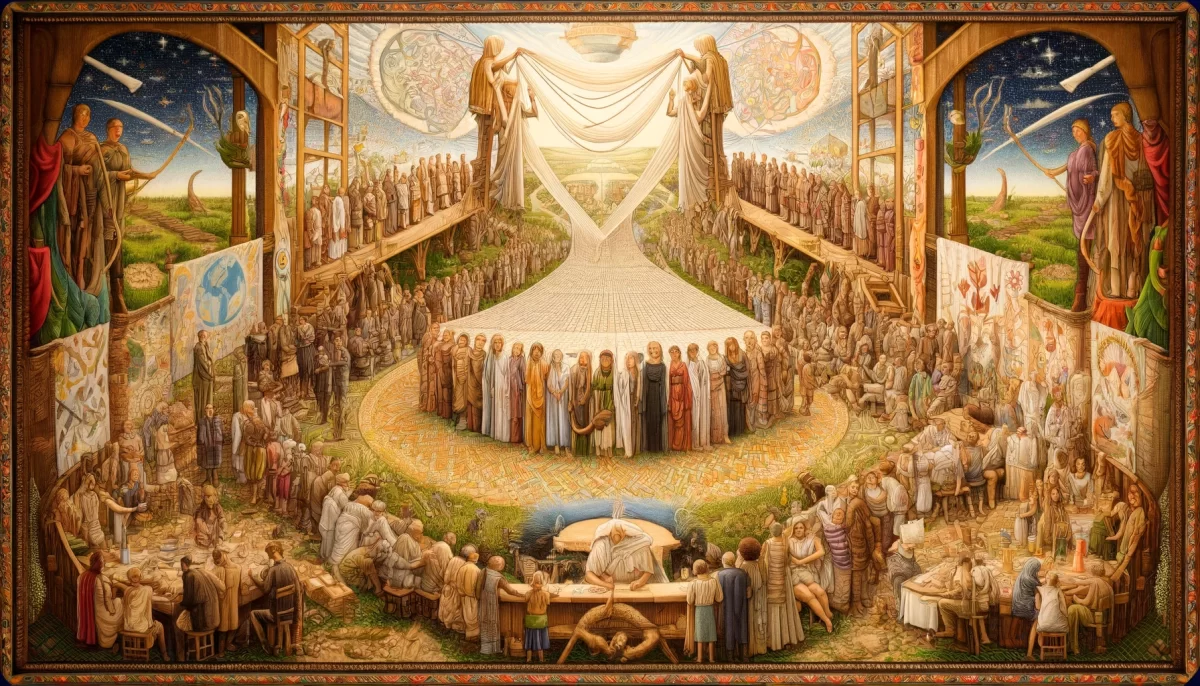

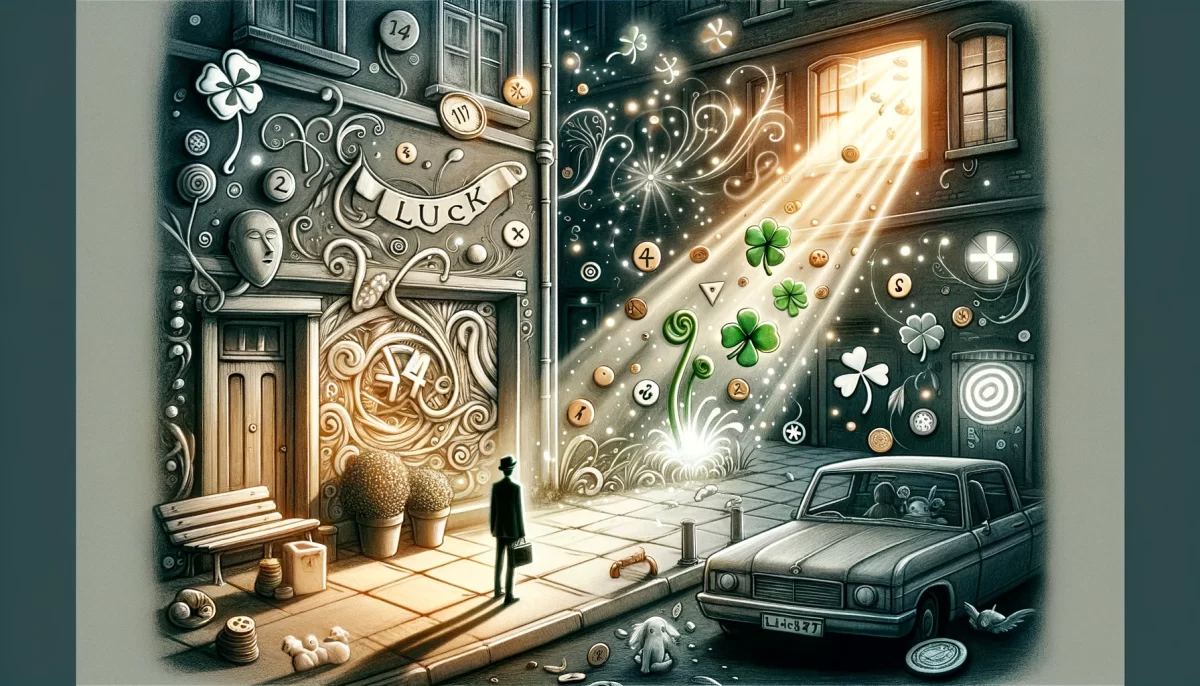

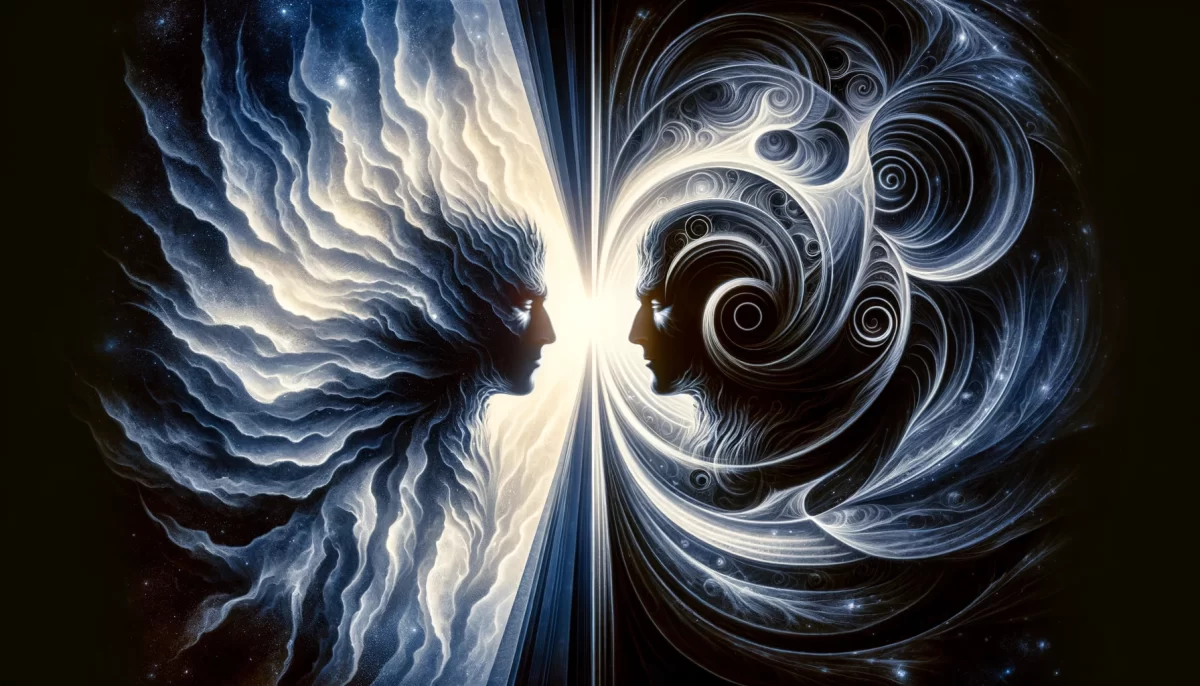







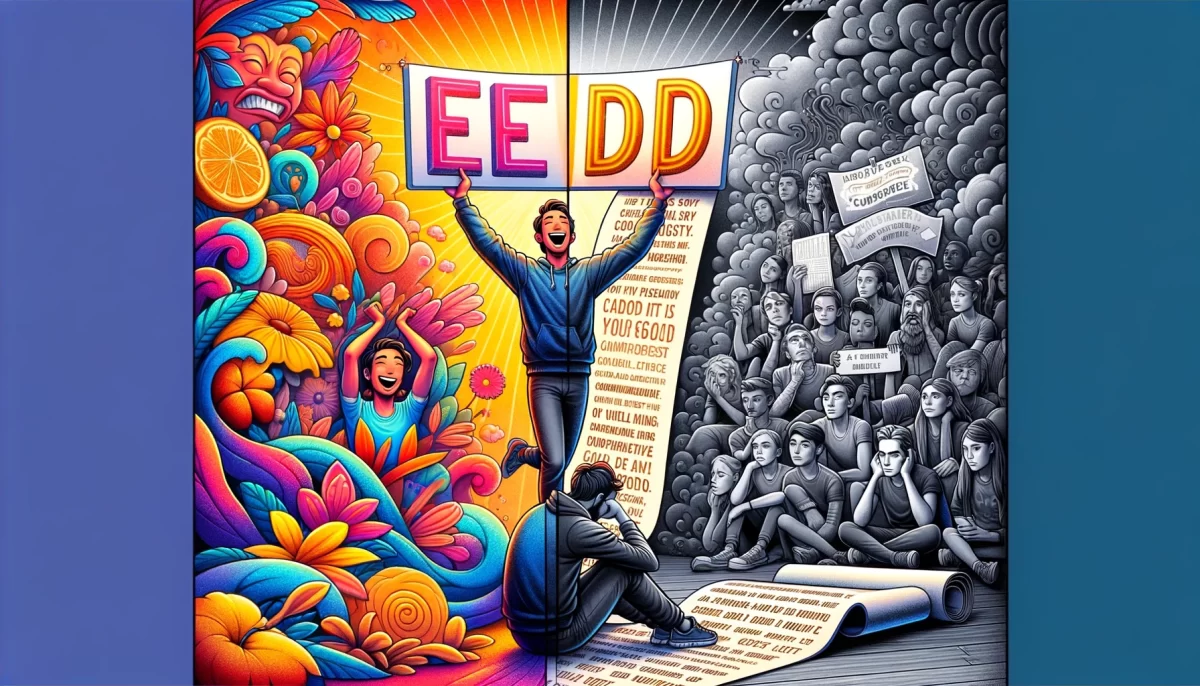
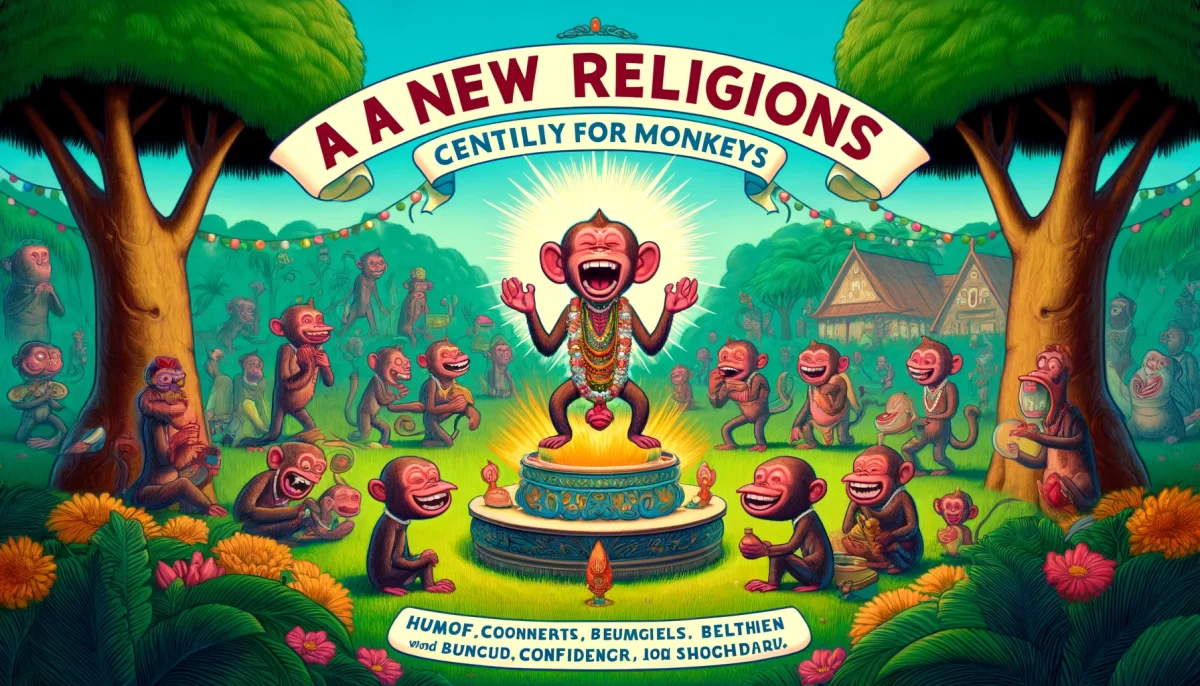
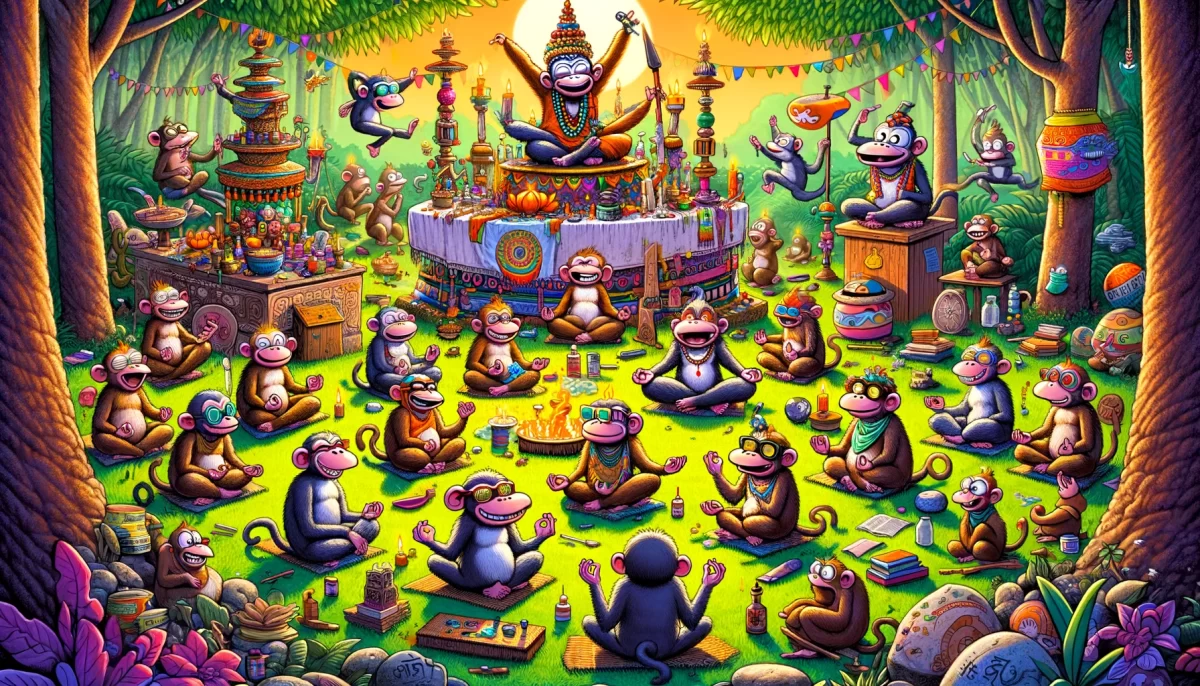









Leave a Reply